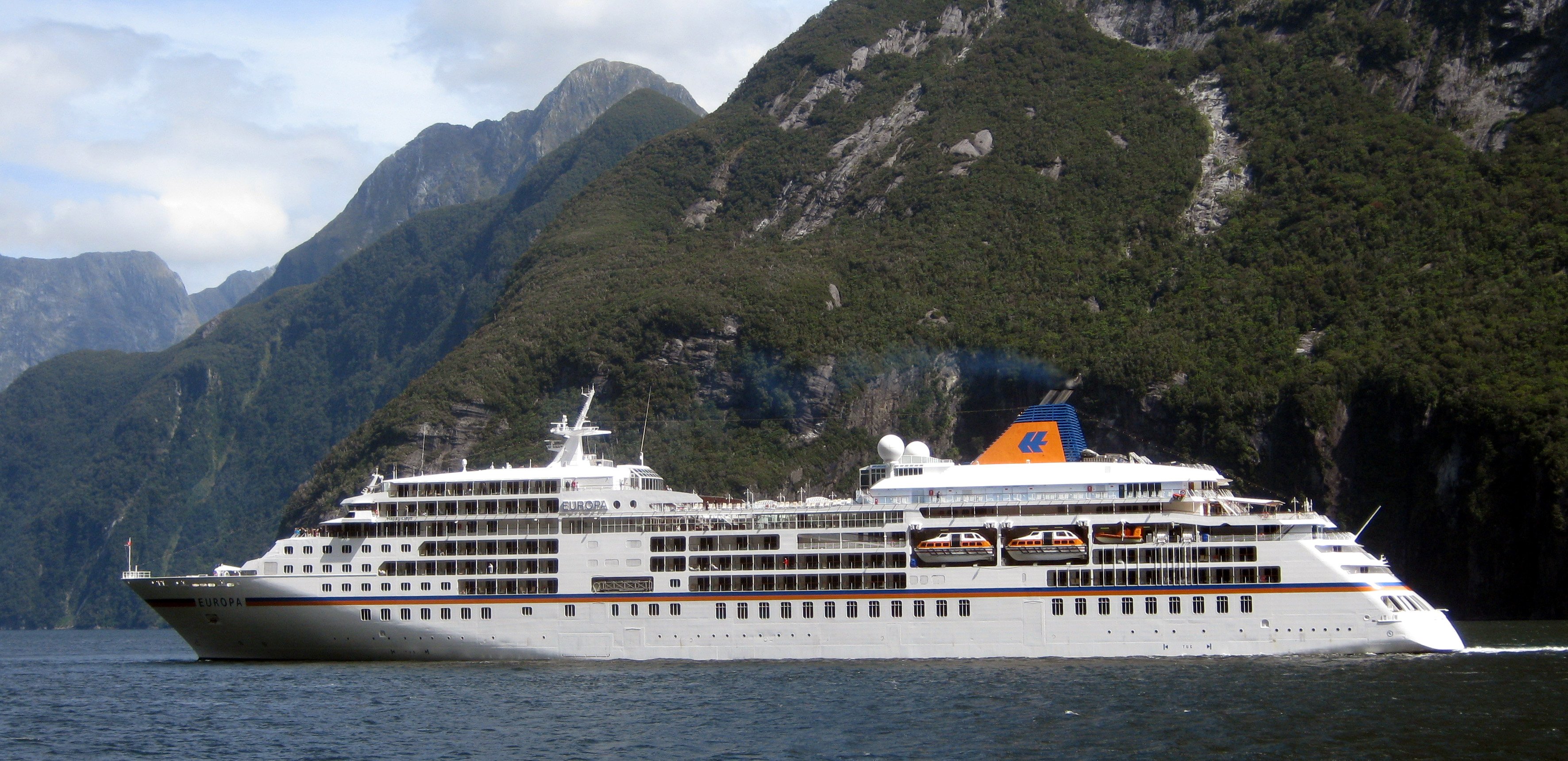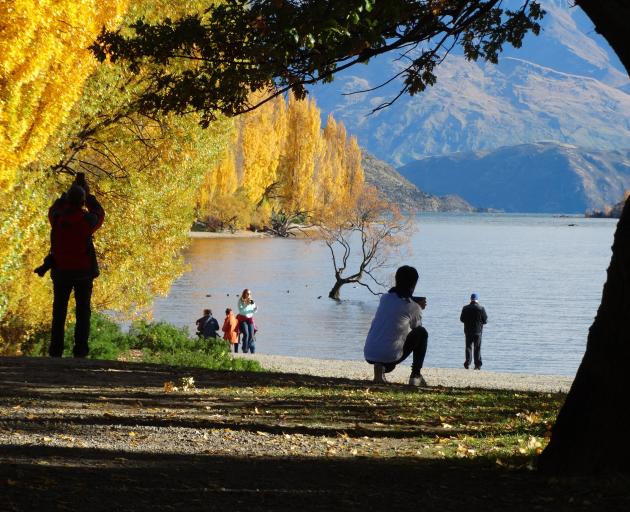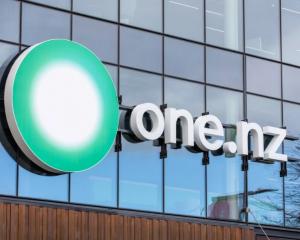
But the sector would not just be focusing on the dollar figure, Tourism Industry Aotearoa chief executive Chris Roberts said.
Sustainability of communities, the environment, the economy and visitors – has been placed firmly at the heart of TIA's updated framework.
Roberts said that in 2014 the industry set a "big hairy audacious goal'' of earning $41b a year by 2025. It was now earning $39.1b a year, fuelled by the surge in the number and spending by international visitors.
Roberts said that on a national scale, the country had made incredible progress towards the original Tourism 2025 goal, set as the country was emerging from the impact of the global financial crisis.
Visitor arrival figures out today show a 2.6 percent fall in March from the same month a year earlier but visitor arrivals now exceed 3.8 million a year, leading to complaints from some New Zealanders.
''We recognise the industry's rapid growth has brought challenges as well as benefits. Public infrastructure, already suffering from decades of underinvestment, has struggled to cope,'' Roberts says in the document released at the Trenz tourism event in Rotorua says.
''Locals may find that their 'hidden gem' destination is now a hit on Instagram and has seen an influx of visitors.''

The government will later this week release its new strategy and Roberts said this would complement the industry's focus on sustainability.
Roberts said the industry was increasingly recognising and adopting the Māori values of kaitiakitanga (guardianship), manaakitanga (hospitality) and whanaungatanga (working together).
Figures show that domestic travel spend - about 60 percent of the total - had increased by 26.6 percent from 2014.
Roberts said it was important not to forget about Kiwi travellers.
"Looking ahead, we are facing three key issues: managing the growth of tourism; improving management of our natural resources; and acting on carbon and climate change.''
The TIA released 10 priority action areas, from a ''long'' list of 68 actions for the tourism industry, central and local government to work on over the next three years.
These are:
1. Embedding sustainability
Signing more businesses up to an industry sustainability gate. It aims to be universal so all operators are contributing to overall tourism industry sustainability.
2. Managing destinations
Roberts says all of the country needs to be covered by regional destination management plans.
3. Growing and shaping demand
It is imperative that government (via Tourism New Zealand), airlines, airports, regions and industry continue to invest in generating and growing visitor demand.
4. Embracing Tikanga Māori
All parts of the tourism industry appropriately incorporate elements of Tikanga Māori within their operations.
5. Living Tiaki
''Having visitors who meet our behavioural and cultural expectations is central to maintaining the support of New Zealand communities for tourism. Tiaki – Care for New Zealand was established by public and private sector agencies.
6. Engaging the community
Tourism businesses must undertake ''genuine'' two-way engagement with their communities to grow mutual understanding of how they contribute to their place.
7. Measuring and managing industry carbon Use
This is a big problem for a relatively remote destination such as NZ Reducing carbon use will be a key industry priority.
8. Investing in infrastructure and amenities
Ensuring more and better infrastructure is built, including roads, airports, waters systems, amenities and parking. Part of the $80 million extra a year collected by the government's new border levy will go towards infrastructure.
9. Fostering domestic tourism
Domestic tourism helps to boost tourism in the regions.
10. Investing in tourism data and research
This has previously been identified as a weakness in the industry but is improving. Auckland Airport is proposing a sustainability index and Tourism New Zealand has just released data profiling different visitor groups.











